Closed or open - the perfect InWall speaker
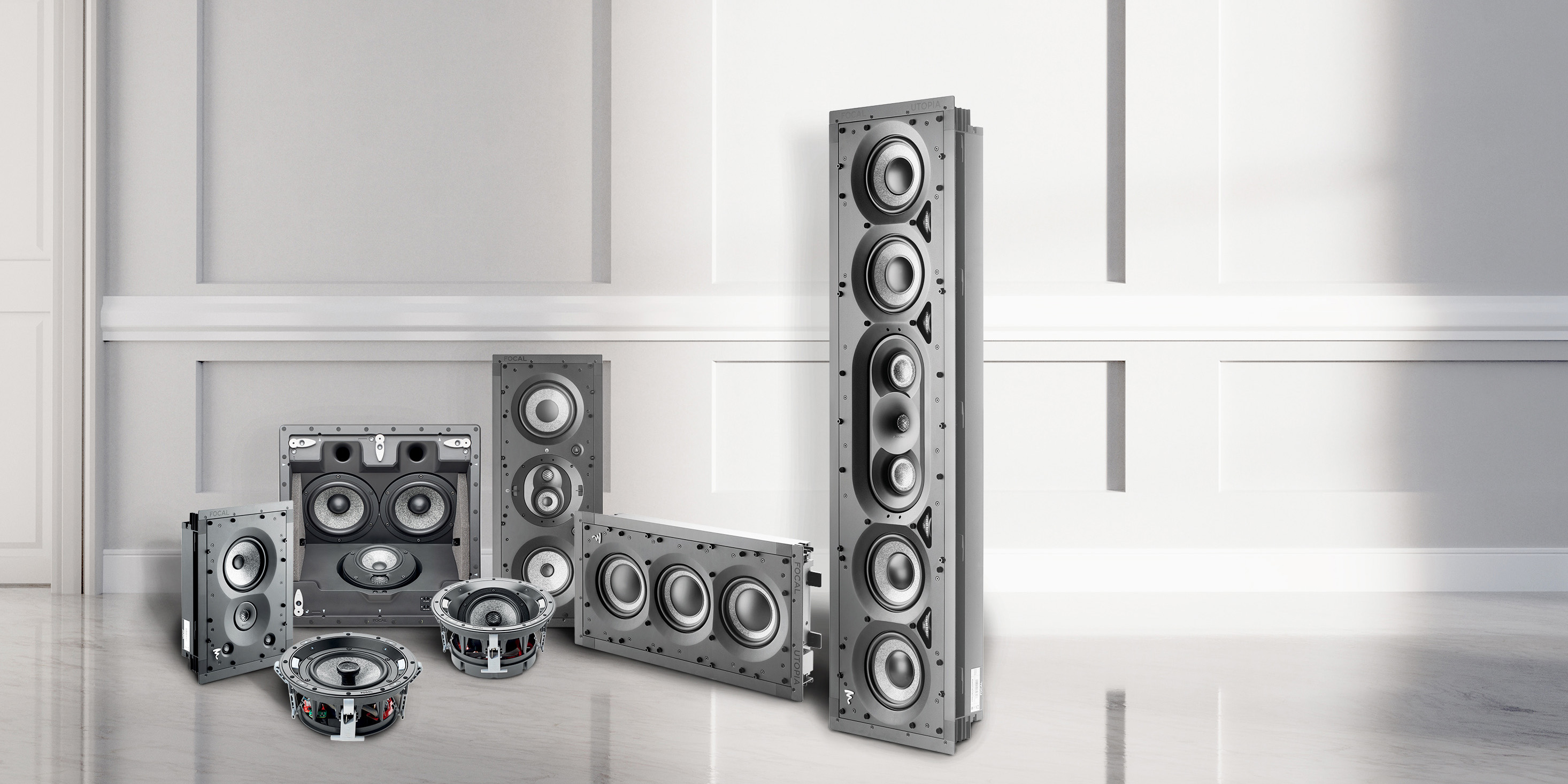
Many manufacturers of in-wall speakers make bold promises about their products, claiming a sound quality that is supposed to rival that of traditional cabinet speakers. However, for this to work, certain conditions must be met.
The big question: Open or closed design for in-wall speakers
To understand these conditions, it helps to take a look at "classic" hi-fi speakers. Aside from some rather exotic examples, they consist of a hollow cabinet into which the individual speaker drivers are installed. When a driver moves, it displaces the air in front of it, creating sound waves. But a speaker diaphragm always swings back as well, displacing the air inside the cabinet in the process.
The cabinet makes the speaker
Since this air is trapped inside the cabinet, it does not move as freely as the air outside the cabinet. The cabinet, with the volume of air it contains, acts like a spring or a damper on the speaker driver. A speaker designer will intentionally influence this kind of counteraction, for example by choosing a larger or smaller volume, adding a bass reflex port, or using specific damping material inside the cabinet. Most importantly, they will use drivers that are precisely matched to the specific cabinet situation.
With a conventional speaker, the sound is created through the finely balanced interplay of the various speaker drivers and the properties of the cabinet in which they are installed.
Open wall speakers
However, many in-wall speakers on the market do not have a cabinet in the true sense of the word, but merely a baffle open at the back with one or more drivers mounted on it. The idea is that these speakers will eventually be installed in walls and thus have a kind of cabinet. The problem is that this "cabinet" is, at best, very roughly defined. Some manufacturers provide no specifications at all, while others at least state a minimum and maximum volume in which the speaker should be installed. Whether and how closely the installer adheres to this? No one really knows.
The drywall as a speaker cabinet?
In addition, in-wall speakers are usually installed in drywall constructions based on a frame. Even if you were to measure the obvious volume behind the speaker exactly, it would still never be precisely defined, as it is nearly impossible to make it airtight. An in-wall speaker open at the back always plays into a randomly ventilated volume of indeterminate size.
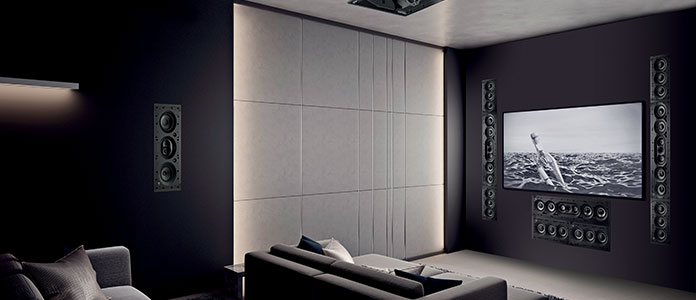
Accordingly, the resulting sound is always a bit of a gamble. Open in-wall speakers are designed so that they work reasonably well in as many situations as possible, but never perfectly. If the advantages of a closed design are so obvious, why don't manufacturers develop only closed variants? On the one hand, it's simply a matter of cost. Because the drivers in an open speaker do not have to work against air trapped in a cabinet, their motors and many other aspects of construction can be simpler and therefore less expensive to produce. Additionally, the open design is more flexible in use. If a built-in cabinet is even a millimeter too deep for the intended installation, it simply can't be used there.
Closed Back: In-wall speakers with a closed cabinet
But some manufacturers want to offer their customers especially good solutions and go to the effort of designing in-wall speakers with a fixed cabinet for certain high-end series. This principle, known internationally as Closed Back Design, allows developers to engineer in-wall speakers just as precisely as freestanding hi-fi speakers. The available volume—either for the entire speaker or even for individual drivers—is exactly known. The drivers can be specifically selected so that they harmonize perfectly with the given air volume. Likewise, the crossovers and all other aspects of the construction can be precisely tuned.
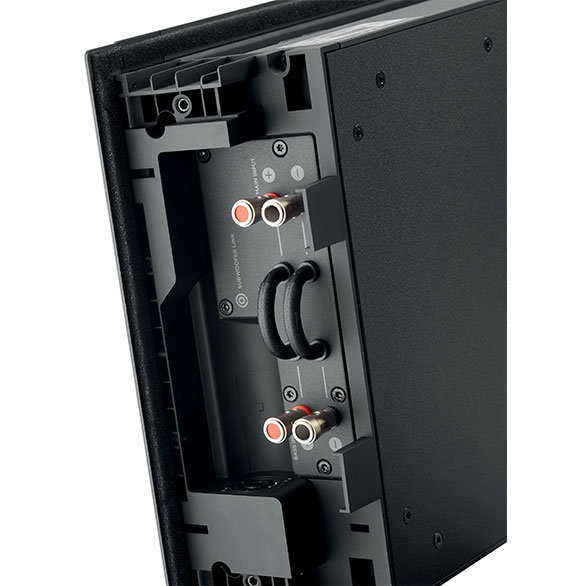
Guaranteed good sound
In summary, a closed in-wall speaker always sounds equally good, regardless of the installation situation. This is especially important if the manufacturer has made a name for itself in the classic hi-fi market. For example, when the French sound specialists at Focal give an in-wall speaker the name addition Utopia, they don't do so lightly. Otherwise, this name is reserved for the absolute top hi-fi models in their lineup. So it's understandable that they want to make sure this speaker lives up to the prestigious name, in every situation. And that's only possible with a fixed cabinet.
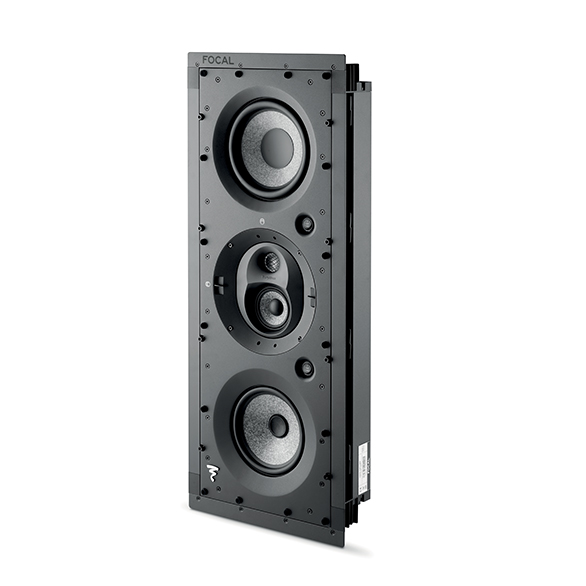
Better sound isolation
An important side effect of the closed back design should not go unmentioned: the fixed cabinet contributes significantly to reducing the sound transmitted to adjacent rooms. In many situations, this can mean that the wall construction can be thinner, as less sound insulation is needed.
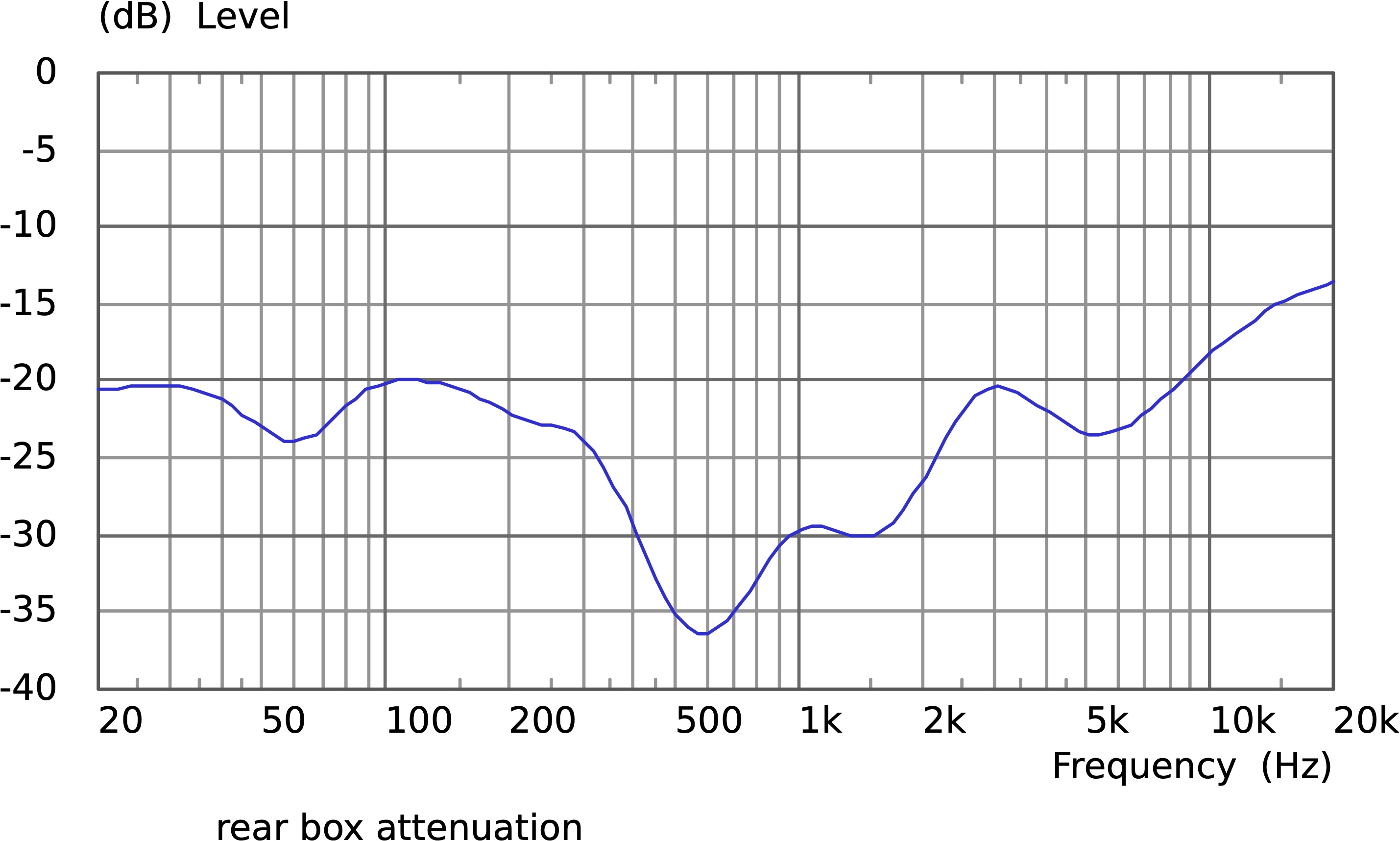
Yes, in-wall speakers with a closed cabinet are often more expensive than those with an open cabinet. But the extra cost is not in the cabinet itself, but in the more complex development process and the overall higher quality of the drivers and other components used. In other words, the additional money spent is a direct investment in better sound quality.
